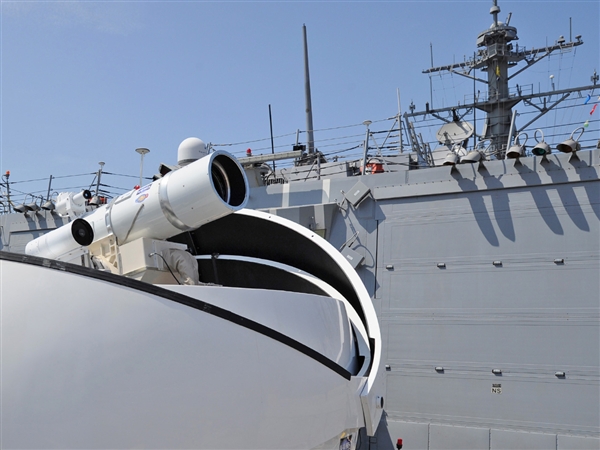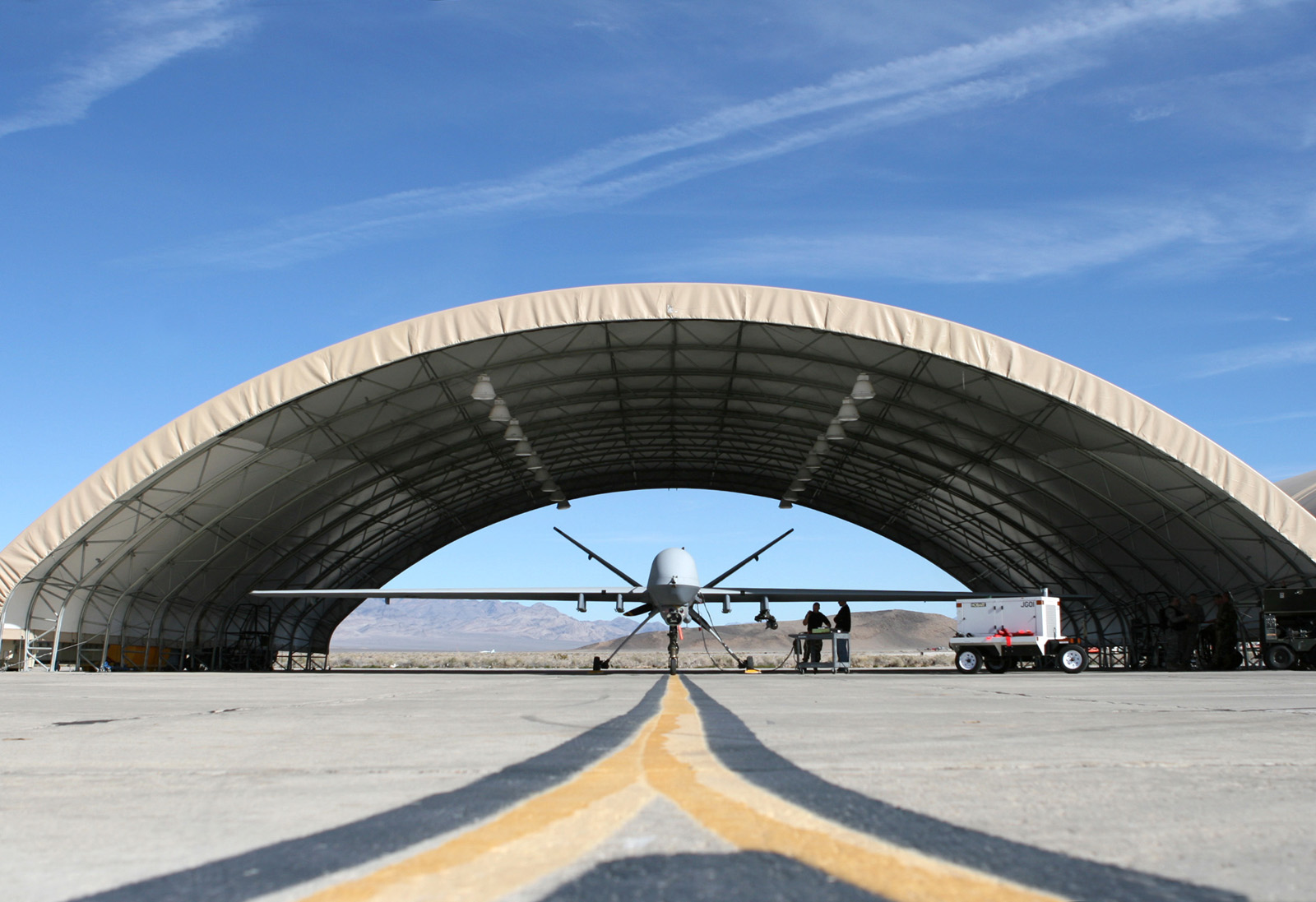Aaron Willschick argues that the U.S. Navy’s new LAWS laser system may be impressive from a technological point of view, but weapons of its kind threaten to push warfare to a futuristic and dangerous position.

In what is no longer just a thing of fantasy, the U.S. Navy has announced plans to deploy a new laser weapon system that could be unveiled as soon as next year. Rather than using missiles or bullets, the powerful laser will be designed to protect ships by blasting targets with high-intensity light beams. The Navy is calling the futuristic laser LAWS which stands for the Laser Weapon System. The device resembles a small telescope and it not only packs a powerful punch, but it can track a moving target and fire a steady laser beam powerful enough to burn a hole through steel. The U.S. announced earlier this month that it intends on deploying the laser system aboard the USS Ponce in 2014, two years ahead of schedule. The Ponce is responsible for naval operations in the Persian Gulf and the Horn of Africa which are two of the most troublesome areas for maritime crime in the world.
The U.S.’s planned deployment of the laser is significant, not only because it is the first of its kind, but also for its potential effect on modern warfare. The technology of the laser system is so advanced that its rays are not even visible to the naked eye. It is potentially capable of shooting down drones, missiles and disabling vessels from far distances in seconds flat, as Navy officials recently demonstrated in a video simulation. Perhaps its most prominent potential effect on warfare is its use of directed energy. The laser runs solely off of electricity which means that it can be fired as long as there is a power source present. This makes it much safer and efficient than carrying explosives aboard ships and it would likely come in at a cost of less than one dollar per shot, compared to the hundreds of thousands of dollars it costs to fire a missile. Compared to existing ship self-defense systems such as missiles and guns, lasers could provide Navy surface ships with a more cost effective method of countering incoming threats. What is most noteworthy about this new technology is that it could lead to changes in naval tactics, ship design and procurement plans for ship-based weapons. This would resemble the technological shift that occurred in the 1950s with the advent of shipboard missiles.
Despite the U.S. presenting LAWS as a prominent step forward in sea-based technology, it is not necessarily a positive development. Such technological advances are beginning to push war and the use of force into a whole new realm of possibilities. The fact that the system can “burn a hole through steel” with such ease and at an extremely low cost of resources may be an achievement from a technological point of view, but it is alarming with regards to its effect on the principles of war. Weapons of this magnitude push war towards a futuristic state where invisible and undetectable lasers threaten to become commonplace. This too closely conjoins war with power and technology; a dangerous association that has already helped produce the atomic bomb and other weapons of mass destruction. The focus of modern technology should be on improving the world rather than making war easier and more cost-effective.
This is not to suggest that the current principles of modern warfare are respectable. But on the other hand, it is precarious to be developing weapon systems that could be taken from a scene in the film Star Wars. In a video released by the Navy earlier this month, a large mobile laser gun is shown locking target onto a drone and instantaneously shooting it down. Some believe that the development and early deployment of the weapon system is a response to Iran’s ongoing development of a fleet of drones. LAWS may be initially used for encounters with antagonizing small boats and vessels, which Iran has been known to operate, that pose a threat to larger Navy ships. Iran and their development of drones and other high powered weapons should be treated accordingly as a threat, but weapons of the magnitude of LAWS are taking the use of force to a whole new level. There is always the possibility that as such technology becomes better developed that it could fall into the wrong hands, such as those of an aggressive state. With such technology progressing so rapidly, it poses great fears of what type of warfare may become evident in the not too distant future. This is a type of uncertainty that the modern world could do without.




